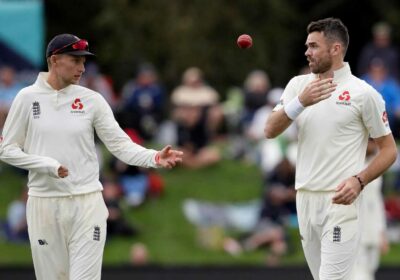What is the new ball in Test cricket, and when is it taken?

THE Test summer is well underway as England host India in a five-match series on home soil.
Joe Root's side are preparing for an Ashes winter later in the year and will want to take momentum Down Under.
DREAM TEAM IS BACK! SIGN UP NOW FOR THE 21/22 SEASON WITH £100,000 PRIZE POT UP FOR GRABS
If you're new to the sport though, cricket jargon can sometimes be a touch confusing – and you may have heard plenty of talk about the 'new ball'.
What is the new ball in Test cricket?
A new ball is exactly what you'd expect it to be – a brand new Dukes ball, fresh from the box.
At the beginning of each innings in a Test match, each side is presented with a brand new cherry.
You'll see the fielding team at various points working hard to make one side of the ball shiny, while roughing up the other side.
This is to try and manipulate as much swing out of the cork as possible when bowling.
Innings in a Test match are finite within the five allotted days, so in theory a team could bat for every minute of the game if they wanted too.
When is the new ball taken?
The new ball is offered to the bowling team after 80 overs of an innings.
Whether or not they choose to take it at this point is up to them.
The current ball might be reverse swinging or darting off the pitch, so they may choose to keep it going after 80 overs.
But once past that threshold, the bowling team can elect to get a brand new ball whenever they wish.
If the batting team continue to pile on the runs, a second new ball will become available after another 80 overs, so 160 overs in the innings.
In some circumstances, bowling teams may get a 'new' ball before this point – but only if the current ball is lost or mis-shapen.
Should a fielding team believe the ball has lost its shape, the umpires will test if the ball can pass through a metal hoop.
If it can't, the third umpire will bring out a set of used balls and the fielding team can select a ball that is similarly used to the one they are losing.
So if a ball is clouted into the river at Cardiff after 35 overs, the fielding team will be able to select a ball that is around 35 overs old from the umpires – but not a brand new ball.
That will only become available at the 80 over threshold.
Source: Read Full Article


